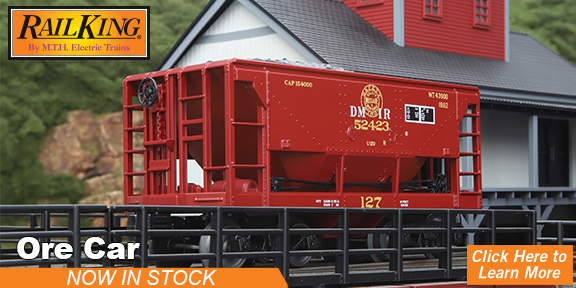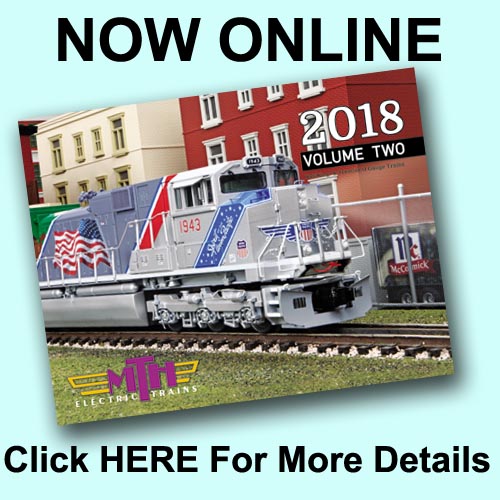 |
|||||||
|
|||||||

Why are ore cars so short? Because the iron ore they carry is considerably heavier than typical hopper loads like coal, so a short car of ore fills the load capacity of its trucks. Ore cars, also called "jennies," were and still are a common sight in the Iron Range region of Minnesota and nearby states, where they shuttle between mines and Great Lakes ports. On the receiving end, jennies travel between ore docks and steel mills in a number of states. While they're commonly associated with upper Midwestern ore-hauling roads, ore cars have in fact been rostered by nearly 50 North American railroads, and at least a dozen have owned significant numbers of jennies. Until World War II, ore cars generally carried "direct shipping" ore: ore that was rich enough in iron (60% or more) that it could be shipped direct to steel mills as a raw material. By the end of the war, however, the richer ore deposits had largely played out. Lower-grade taconite, once considered a waste product of mining, became the raw material of choice. Rather than being shipped as raw ore, taconite is refined and rolled into small pellets containing about 65% iron. So for more than half a century, the main payload of ore jennies has been taconite pellets, as well as occasional loads of sand or gravel. |
2018 Volume 2 CatalogClick HERE to see it online. It's Easy To Add WiFi To Your DCS LayoutCheck Out The Quick Start VideoClick HERE To Learn More About DCS and WiFi Control |
||||||
| Follow Us On | |||||||
| © 2018 M.T.H. Electric Trains 7020 Columbia Gateway Drive, Columbia, MD 21046 (410)381-2580 |
|||||||




